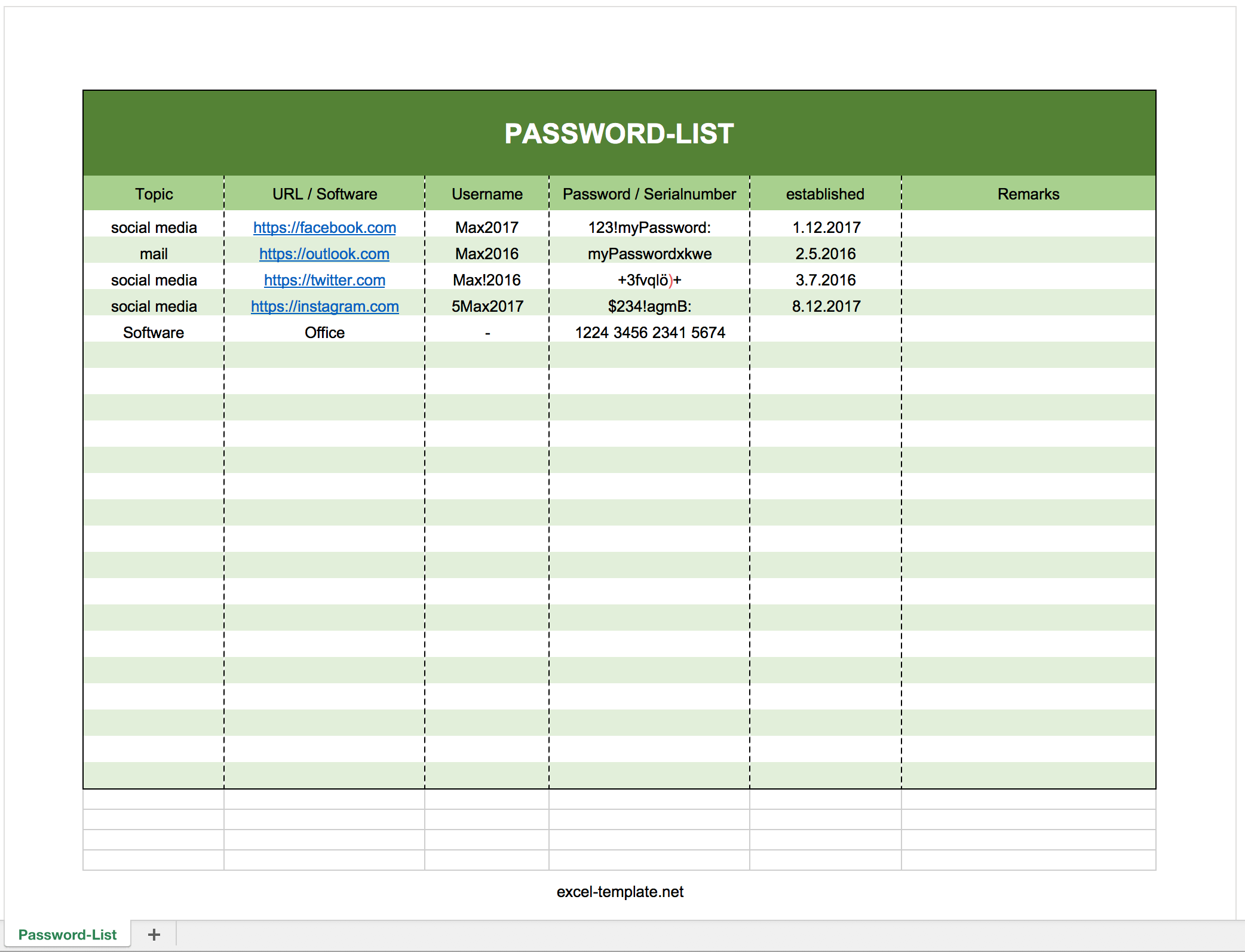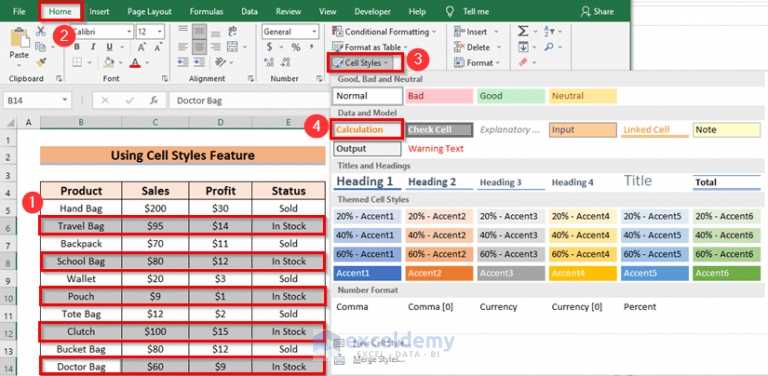Excel Password Management: 5 Tips

Managing passwords securely is a critical aspect of maintaining online security and privacy. With the multitude of online accounts we have today, from email and social media to banking and shopping, it's essential to have a robust system for password management. This is where tools like Excel can come in handy, offering a familiar and customizable solution for organizing and securing your login credentials.
5 Tips for Effective Password Management with Excel

1. Create a Comprehensive Password List
The foundation of your password management system is a comprehensive list of all your login credentials. Start by creating an Excel spreadsheet with columns for website/app name, username, and password. You can also include additional columns for notes, such as the date of last password change or any specific security requirements for that account.
Organize your list alphabetically or categorically, depending on what works best for your personal organization system. For instance, you might group passwords by theme (e.g., social media, finance, shopping) or by frequency of use.
Ensure that you regularly update this list as you create new accounts or change passwords. Set reminders for yourself to review and update your password list at least once every quarter.
2. Utilize Excel’s Security Features
Excel offers several security features that can enhance the protection of your password list. First, consider password-protecting your Excel workbook. This can be done by navigating to File > Info > Protect Workbook > Encrypt with Password, and then setting a strong, unique password. Ensure that you store this password securely, as losing it could result in permanent loss of access to your password list.
Another security feature is the ability to hide sensitive data. You can do this by selecting the cells you want to hide, right-clicking, and choosing Format Cells. In the Format Cells dialog box, go to the Protection tab and check the Hidden box. Then, lock the cells by going to Review > Protect Sheet, and set a password. This ensures that even if someone accesses your Excel file, they won't be able to view your passwords without the correct password.
3. Generate and Store Strong Passwords
Creating strong, unique passwords is crucial for maintaining security. Excel can help you manage this process by allowing you to generate and store passwords directly in your spreadsheet. You can use Excel formulas or VBA scripts to generate random passwords of varying lengths and complexity.
For instance, you could use the formula =RAND() * 100000 to generate a random 6-digit number, which you can then format as a password. You can also use functions like CHAR() to incorporate special characters into your passwords. Remember to store these passwords in an encrypted and hidden manner as described in the previous section.
4. Implement Password Rotation
Regularly changing your passwords is an important aspect of maintaining security. Excel can help you keep track of password change dates and set reminders for when it’s time to update your credentials. Create a column in your password list for the Last Changed date, and ensure that you update this information whenever you change a password.
Set up reminders in Excel or in your calendar system to review your password list periodically and change passwords as needed. Aim to change passwords every 3-6 months, or more frequently for highly sensitive accounts.
5. Backup and Sync Your Password List
Backing up your password list is essential to ensure you don’t lose access to your credentials in case of data loss or corruption. Excel offers various backup options, such as saving your file to a cloud storage service like OneDrive or Google Drive. This way, you can access your password list from anywhere and ensure it’s always up to date.
Additionally, consider syncing your password list across multiple devices. This ensures that you have access to your passwords regardless of the device you're using. You can set up sync options in your cloud storage service to ensure that your Excel file is always available and up to date.
Advanced Tip: Password Management Software
While Excel can be a great tool for managing passwords, it’s important to note that it’s not designed specifically for this purpose. For advanced password management, consider using dedicated password management software. These tools offer enhanced security features, such as multi-factor authentication, automatic password generation, and synchronization across multiple devices.
Some popular password management software options include LastPass, 1Password, and Dashlane. These tools provide a more secure and convenient way to manage your passwords, often with additional features like secure note-taking and password sharing with trusted contacts.
FAQ

How often should I change my passwords?
+
It’s recommended to change your passwords every 3-6 months for general accounts, and more frequently for highly sensitive accounts like banking or email. Regular password changes help mitigate the risk of unauthorized access, especially if your password has been compromised in a data breach.
Is it safe to store passwords in Excel?
+
While Excel offers some security features like password protection and cell hiding, it’s not as secure as dedicated password management software. Excel files can be vulnerable to hacking or malware, and losing the password to your Excel file could result in permanent loss of access to your passwords. Consider using a combination of Excel and password management software for added security.
How can I generate strong passwords in Excel?
+
You can use Excel formulas or VBA scripts to generate random passwords. For example, you can use the formula =RAND() * 100000 to generate a random 6-digit number, which you can then format as a password. You can also incorporate special characters using functions like CHAR(). Always store these passwords securely, preferably using encryption and hidden cells.



